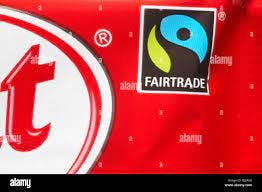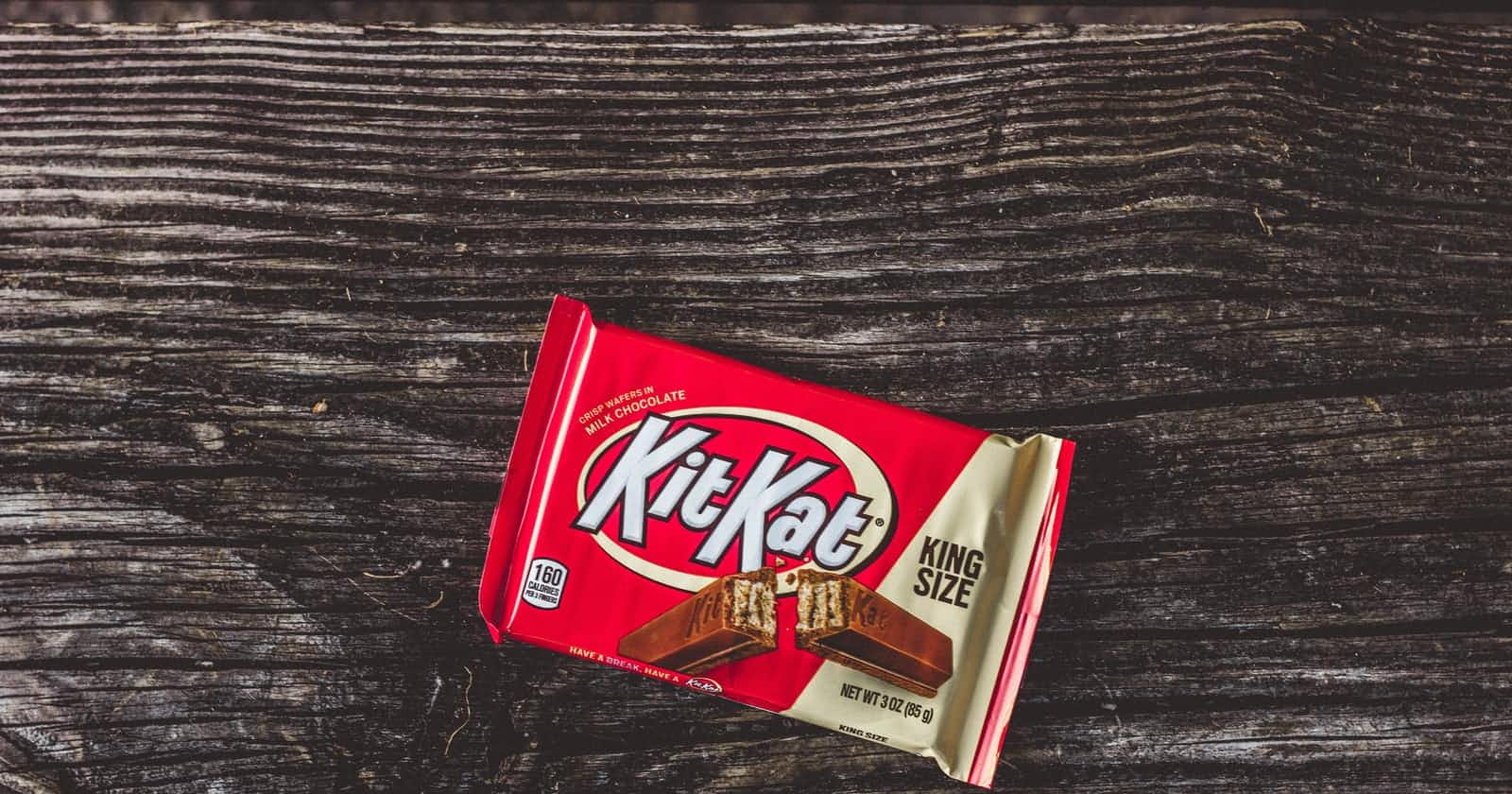Does your favorite chocolate start with a K?
Why is KitKat so popular? How does an English brand blow up in Asia? Let's find out
Chocolates are one of the nicest things in our world. We use chocolates as a token of celebration and love. It's a no-brainer gift because everyone loves to eat them. But in spite of having so many options, it is quite interesting that most people will say that their favorite chocolate is KitKat.
Now, you might not like KitKat at all but many surveys have shown that KitKat is being preferred over its counterparts in almost all regions of the world. I think it boils down to three reasons:
The Design
KitKat is just a wafer that has been coated in chocolate. As such, it is very convenient to eat since less chocolate means less melting which again means less of a mess to deal with. People who are on a diet or trying to stay healthy, don't feel as guilty as eating KitKats because of the thin chocolate layer. The shape of a KitKat bar is also a key factor since it makes it easier for the consumer to safekeep parts of it for later and makes it easier to share with their loved ones.
It's also important to understand that we as humans, love to eat crunchy stuff because of the feeling on our teeth as well as the sound. And KitKat offers just that. Here'sa fun article on its why.
The name KitKat is pretty easy to pronounce and it also coincides with the crunchy sound that it makes. On top of that there's an important element of design that all designers have to learn and it's called the Robert Plutchik "Wheel of emotions" which explains how colors can initiate certain emotions within people. The color red is associated with love, passion and also anger and danger. It creates an excitement in our mind which drives us towards it.
Japan, the KitKat capital.
Japan is often called the KitKat capital of the world because of its insane amount of consumption of KitKat. But how does an English chocolate make its way to Asia and become so famous?
It started with a small coincidence. In Japanese, KitKat is pronounced as Kitto Katto which sounds a lot like Kitto Katsu which means "You are surely bound to win". When people made that connection, it became the staple gift for students who have to attend exams. Because the Japanese college entrance programs are held in January, the KitKat sales spiked in that time period and Nestle was very quick to notice.
So, they started a campaign painting KitKat as THE gift to give when someone is about to go through an important moment in their lives by launching their "Lucky Charm" campaign which won them the Asian Brand Marketing Effectiveness Award in 2005.
The dark side
A lot of people might not know this but the lion's share of cocoa in the world comes from West Africa. Even in 2021, it was estimated that almost 70% of the world's cocoa came from these regions. When chocolate mass production began, the cocoa prices were super high because the farmers could just sell to the highest bidder and going through two or three middlemen, the price for the manufacturers was very steep.
So the manufacturers allegedly formed an alliance to stabilize the prices of cocoa across the sources. You could call it a "cartel". Let's do a simple math. Farmer's sell 1 kg of cocoa to a middleman for about $1. Then, they wash and pack the cocoa, selling that to exporters for around $2 per kg. Then, they sell it to manufacturers for about $3. The manufacturer can turn 1 kg into almost 40 chocolate bars which even if you sell for $1 each, you are guaranteed to get almost $14 to $15 dollars in profit (since there is the cost of additives, packaging etc.). On average, the US market consumes around 1.4B kgs of chocolate. Which means, in this model, where the price of a chocolate is only one dollar, the amount of profits only in the US is almost $20B.
Now, farmers are paid less but they don't have anywhere else to go to. The government also knows that if they don't comply with the companies' demands, people will suffer hungry. As such, many farmers resorted to taking in children for working in these fields. Many of whom worked for 12 hours daily for 7 days a week and barely got paid a dollar each day. The math is clear as day.
As for Nestle, they made a statement in 2015, that their KitKat bars are going to have absolutely zero child labor and that they are taking all necessary steps to ensure this. They and many others have also started putting out "Fair trade" labels on their chocolates since then. But, the truth about it is that it is almost impossible to find out if that holds any real value. Because even third party inspections require to only check about 10% of all the farms.

Just like that, the escape route out of the public defamation was paved for KitKat and I believe that it played a huge role in the current state of KitKat's sales and recognition.
Final thoughts
I'm not trying to make a point or start a movement. Having inspected a handful of industries and companies, an incident like this is just one in a hundred. My goal with this article was to understand what paved the path for the success of KitKat and nothing else and I'd like to apologize if I hurt your sentiments by anything in this article. Thanks for the read!



